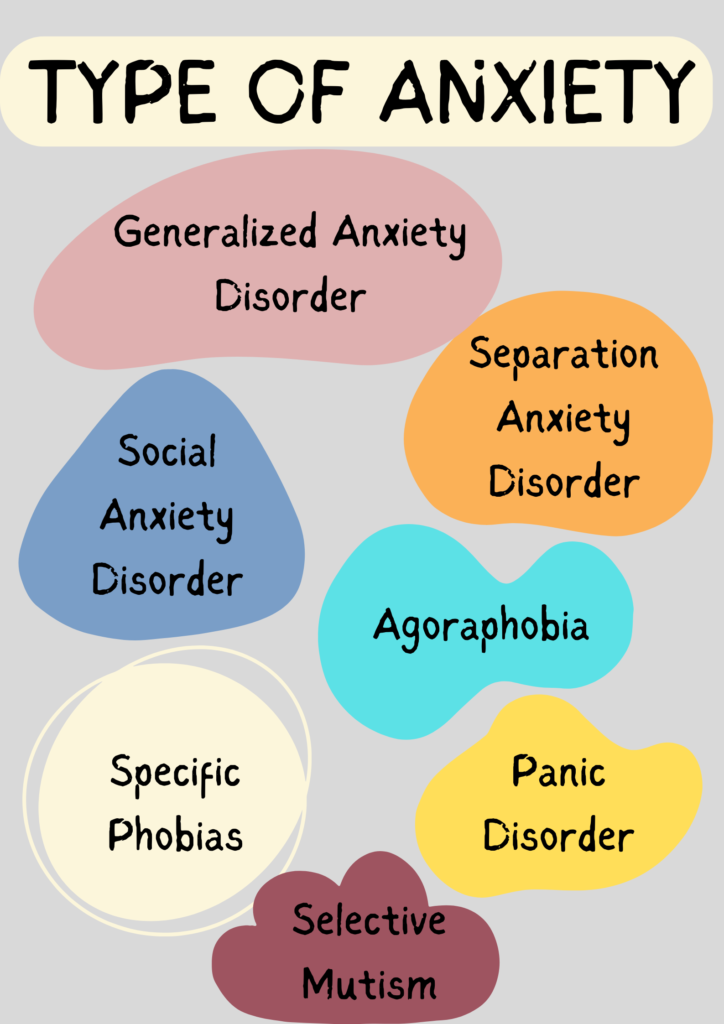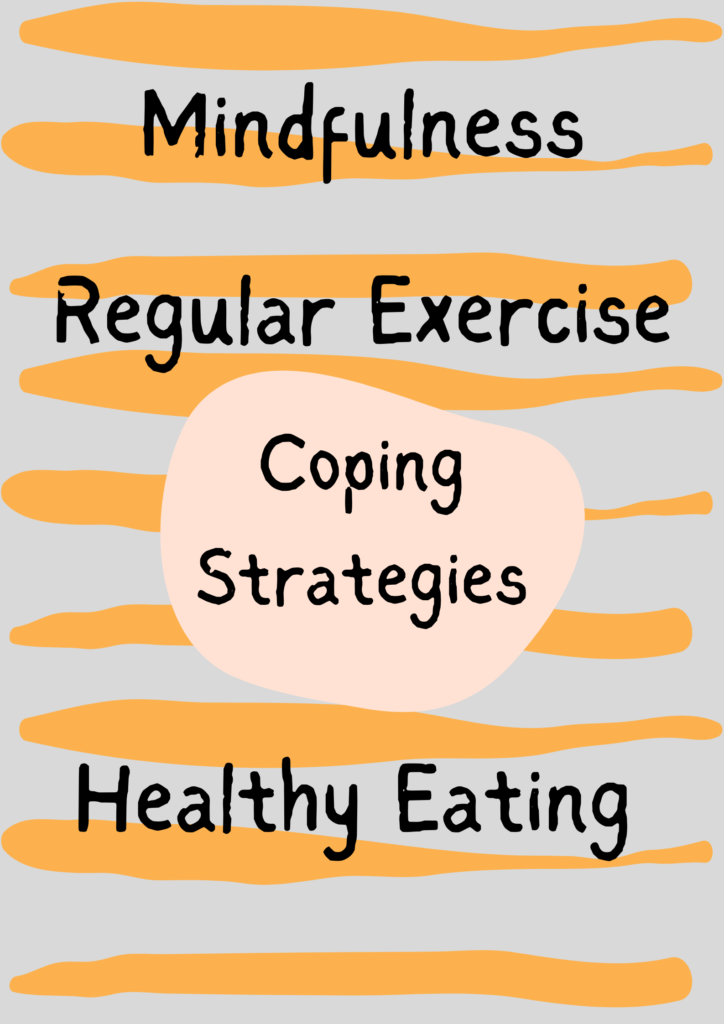
Anxiety affects millions worldwide, manifesting in various forms and intensities. Recognizing its impact is the first step towards managing it effectively. This guide delves into the essentials of anxiety, offering insights and strategies for those seeking relief.
What is Anxiety?
Anxiety is a natural stress response, characterized by feelings of fear, apprehension, and heightened nervousness. While common, excessive anxiety can evolve into a disorder, affecting daily functioning and quality of life.
Common Symptoms
Recognizing the signs of anxiety is crucial. Symptoms range from physical responses like increased heart rate and sweating to emotional effects, including feelings of tension, worry, or panic. Understanding these symptoms is key to seeking appropriate support.
Causes and Triggers
Anxiety’s roots are diverse, stemming from genetic factors, environmental influences, or specific events. Identifying personal triggers — whether they’re work-related stress, health concerns, or social situations — can empower individuals to manage their responses more effectively.
Types of Anxiety Disorders

Generalized Anxiety Disorder (GAD)
Generalized Anxiety Disorder is characterized by persistent and excessive worry about various activities or events, often disproportionate to the actual likelihood or impact of the feared outcomes. Individuals with GAD find it difficult to control their worry, which can affect their daily functioning.
- Symptoms: Restlessness, fatigue, difficulty concentrating, irritability, muscle tension, and sleep disturbances.
- Treatment: Cognitive-behavioral therapy (CBT), medication (such as SSRIs and SNRIs), and lifestyle changes to manage stress.
Panic Disorder
Panic Disorder involves recurrent, unexpected panic attacks — sudden periods of intense fear or discomfort that escalate within minutes, accompanied by physical and cognitive symptoms.
- Symptoms: Palpitations, sweating, trembling, shortness of breath, feelings of impending doom, or fear of losing control.
- Treatment: CBT, exposure therapy, medications (including SSRIs and benzodiazepines), and strategies for managing panic attacks.
Social Anxiety Disorder (SAD)
Social Anxiety Disorder is marked by intense fear or anxiety about being scrutinized or negatively evaluated by others in social or performance situations. This fear can significantly inhibit daily activities and social interactions.
- Symptoms: Fear of social situations where the individual is exposed to possible scrutiny by others, leading to avoidance of such situations.
- Treatment: Psychotherapy (especially CBT), medications (such as SSRIs and beta-blockers), and participation in social skills training.
Specific Phobias
Specific Phobias involve an intense, irrational fear of or anxiety about specific objects or situations, such as heights, flying, or spiders. The fear goes beyond what’s appropriate and may cause individuals to avoid ordinary situations.
- Symptoms: Immediate fear or anxiety when exposed to the object or situation, often leading to avoidance behavior.
- Treatment: Exposure therapy is the most effective treatment, helping individuals gradually face and gain control over their fears.
Agoraphobia
Agoraphobia is the fear of being in situations where escape might be difficult or help might not be available in the event of having a panic attack or panic-like symptoms. This disorder can lead to avoidance of situations such as being outside the home, being in a crowd, or traveling in a car, bus, or airplane.
- Symptoms: Fear of using public transportation, being in open or enclosed spaces, standing in line, or being in a crowd.
- Treatment: CBT, exposure therapy, and medication can help manage symptoms.
Separation Anxiety Disorder
Separation Anxiety Disorder is characterized by excessive fear or anxiety about separation from those to whom the individual is attached. This condition is more commonly identified in children but can also affect adults.
- Symptoms: Excessive distress when anticipating or experiencing separation from home or major attachment figures.
- Treatment: Psychotherapy, family therapy, and medication, focusing on creating a sense of safety for the individual.
Selective Mutism
Selective Mutism is a complex anxiety disorder characterized by an individual’s inability to speak in certain social situations, despite being able to speak in others (like at home with close family members). It usually starts in childhood and can persist if not treated.
- Symptoms: Consistent failure to speak in specific social situations where there is an expectation for speaking (e.g., at school), despite speaking in other situations.
- Treatment: Behavioral therapies, CBT, and family therapy are commonly used to address the underlying anxiety.
Coping Strategies
Managing anxiety involves a combination of lifestyle changes, therapeutic approaches, and, in some cases, medication. Techniques like mindfulness, regular exercise, and healthy eating can significantly reduce symptoms.

Professional Help
Seeking professional guidance is a crucial step for those struggling with anxiety. Therapists and psychologists can offer personalized strategies and support, including cognitive-behavioral therapy (CBT), one of the most effective treatments for anxiety disorders.
The Path Forward
While anxiety can be overwhelming, understanding its facets and adopting comprehensive management strategies can lead to significant improvements. Remember, seeking help is a sign of strength, and with the right support, overcoming anxiety is entirely possible.

